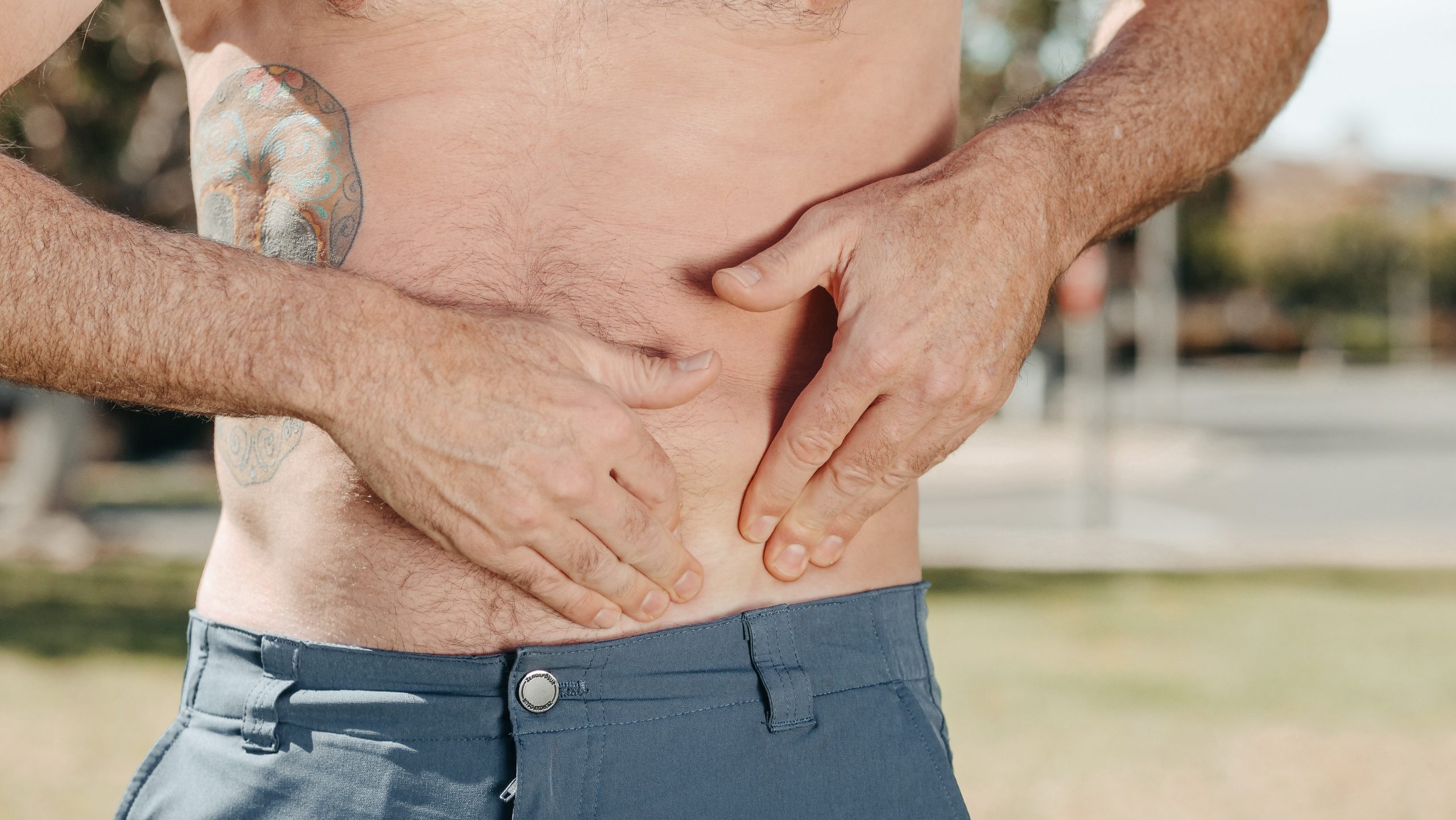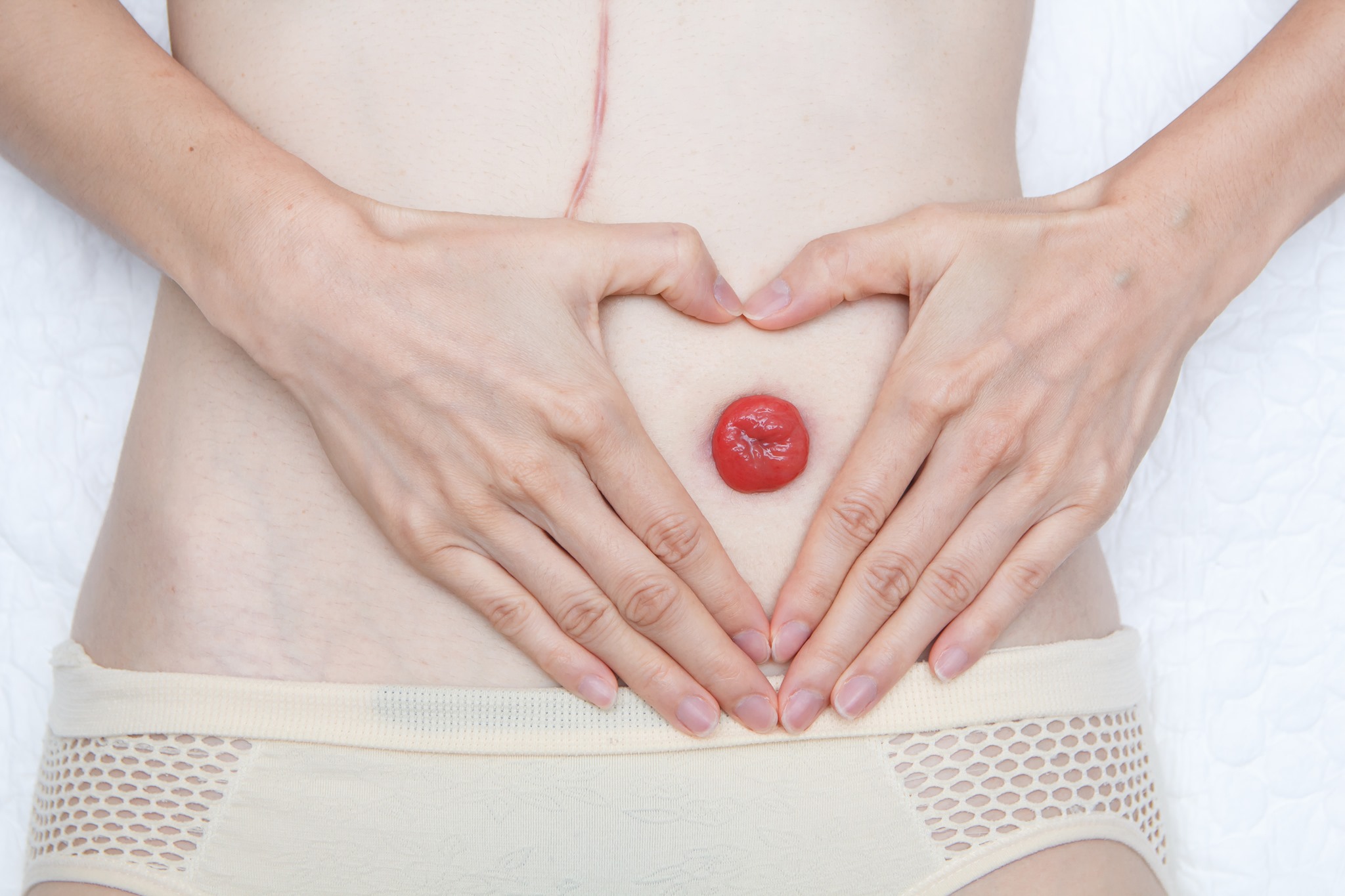
News
Stoma Knowledge
-
- 30
- 2023/06
When is a colostomy bag needed?
Colostomies can be necessary for people of all ages. Typically, they are recommended for those experiencing problems with their colons, such as Crohn’s disease, or when the anal sphincter does not function properly. The temporary or permanent use of a stoma and colostomy bag allows the body’s waste to bypass the colon. The diversion of waste from the body via the stoma/ostomy may be necessary for the treatment or management of certain conditions involving inflammation of, or damage to, the larg...View > -
- 25
- 2023/02
How to Live With an Ostomy Bag
An ostomy is a surgery that makes a temporary or permanent opening in the skin called a stoma. A stoma is a pathway from an internal organ to the outside of your abdomen. A colostomy starts in the large intestine, and an ileostomy starts in the small intestine. They both help solid waste and gas exit the body without passing through the rectum. A urostomy helps urine leave the body without passing through the bladder. In all ostomies, the waste is usually collected in a pouch worn on the outside...View > -
- 25
- 2023/02
About Hendry Medical
Hubei Hendry Medical Appliance Co., Ltd. was established in September 2014 and is located in Xiaogan, Hubei. It is an enterprise specializing in the research and development, production and sales of ostomy care, incontinence care, wound care and other products. The company mainly builds a series of ostomy care products. The company has a nationally technologically advanced fully automatic ostomy care production line with an annual production capacity of 35 million pieces. The annual output value...View > -
- 02
- 2022/07
How to choose an ostomy bag?
Choosing an ostomy bag is a big headache for many stoma friends who have just finished surgery. Which one is right for them? One-piece ostomy bag, two-piece ostomy bag, and various accessories; there are many types and brands of ostomy bags, but not all ostomy bags are suitable for every ostomy person, and most patients lack the correct ostomy bag. Knowledge of choosing an ostomy bag. So how to choose? Generally speaking, the Choice of ostomy bag is mainly related to the type of stoma, size of t...View > -
- 02
- 2022/07
What Is A Stoma?
A stoma is an opening on the abdomen that can be connected to either your digestive or urinary system to allow waste (urine or faeces) to be diverted out of your body. It looks like a small, pinkish, circular piece of flesh that is sewn to your body. It may lie fairly flat to your body or protrude out. Over the top of your stoma you will wear a pouch, which can either be closed or have an opening at the bottom. Your stoma has no nerve endings so you should feel no pain from it. with the most com...View > -
- 02
- 2022/07
Introduction to postoperative nursing of urostomy
The position of urostomy is generally located in the right lower abdomen, which is a permanent stoma. There are many similarities between the nursing before and after urology and enterostomy, which can be carried out according to the method of enterostomy nursing, but urology still has some particularity, and several aspects should be paid attention to in nursing. Postoperative evaluation 1、 Observation of urine In the first 2 ~ 3 days after operation, the urine will be light red and then turn t...View > -
- 15
- 2022/04
Take You To Know Urostomy
What is a urostomy? Severe irreversible disease occurs in a certain organ of the urinary tract, and it is difficult to restore urination from the urethra by urethroplasty. The urinary tract can be directly or indirectly opened to the abdominal wall, and the urine can be excreted through the abdominal wall as a permanent urinary stoma or urine. Diversion. What is the reason for urostomy? Bladder tumors require total cystectomy Rectal cancer invades the prostate and bladder and requires total pel...View > -
- 15
- 2022/04
Sleeping With An Ostomy
Learning how to sleep again after ostomy surgery may sound odd. After all, we’ve been sleeping since the day we were born. But when you have a stoma, your old sleep positions may need a little adjustment. Here are some tips: 1.Put pillows around you to prevent you from rolling over on your pouch. 2.Wear a shirt to bed that’s a couple of sizes too small; it will help keep your pouch snug against your body while you sleep. 3.Try sleeping on your back. It may take a little getting used to, bu...View > -
- 15
- 2022/04
What’s The Difference Between A Colostomy And An Ileostomy?
A colostomy and an ileostomy are totally different and require different treatment. For instance, with a colostomy, you can have fully formed stools. With an ileostomy, you have liquid stools, meaning you have to empty the bag all throughout the day. There’s another big difference – an ileostomy is on the right side, while a colostomy is on the left. Oh, and one more important thing: They’re to do with two different organs. The lack of information and conversation around ileostomies – and the co...View > -
- 15
- 2022/04
The Benefits Of Having Ostomy Support Belts
It can be used to support the ostomy pouch or as an alternative to adhesives for ostomy patients, especially those with sensitive skin This support belt can help maintain an adequate seal when using a convex skin barrier It is great at keeping your ostomy pouch steady, preventing it from detaching from your stoma or being snagged It reduces any chances of parastomal and incisional hernias by preventing the formation of the hernia defect The ostomy bag support belts are very discreet, thus allowi...View > -
- 15
- 2022/04
What Are Cut-To-Fit Barriers (Wafers)?
Designed with varying sizes printed directly on them so you can cut your own opening to fit your individual stoma size and shape. These printed lines function as a guide. You are not limited to a pre-cut circle, you can make an oval, circle, any kind of shape you need to fit your specific stoma. This is a great option for those who are in between sizes or have an irregular stoma shape. The easiest way to handle the cut to fit style of ostomy wafers is cut the wafers for the day or week ahead of ...View > -
- 15
- 2022/04
Teach You How To Choose A Ostomy Pouch
Many ostomy friends who have just completed the operation will always fall into the “difficult choice” after being discharged from the hospital: ostomy bags are often divided into many types according to different functions and uses, one-piece, two-piece, open, closed… There are all kinds of accessories, which is dazzling to see, so how to choose? Generally speaking, the choice of ostomy bag is closely related to the type, shape, personal care needs and quality of life requirem...View > -
- 15
- 2022/04
How To Care After Colostomy Surgery?
Choice of ostomy bag According to the characteristics of different types of colostomy, choose different ostomy bags [1] Ascending colostomy and transverse colostomy: One-piece or two-piece open pockets, one-piece open pockets are the best choice. [2] Descending colostomy and sigmoid colostomy: One-piece open pocket or closed pocket, two-piece open pocket or closed pocket can be used; if there is more airflow, it is recommended to choose an ostomy bag with a filter carbon sheet; if it is a colon ...View > -
- 15
- 2022/04
The Correct Use Of Ostomy Powder
The main ingredient of ostomy powder is sodium carboxymethyl cellulose, which has good absorption capacity and keeps the skin dry. Ostomy powder is used for skin care around the stoma. It can effectively absorb excrement and reduce skin irritation. It is suitable for redness, itching and pimples. Regular use can reduce the occurrence of skin problems. Instructions First, thoroughly clean the stoma and the skin around the stoma to keep it clean. After drying the skin, evenly spray the...View > -
- 15
- 2022/04
Can I Swim After The Stoma? What Precautions?
In the hot summer and unbearable heat, swimming has become a popular activity. But can a stoma friend swim? First, after the stoma, you can swim after the wound has healed and your physical strength has returned to normal. Secondly, you need to make relevant preparations before swimming. Precautions: Choose a suitable time. It is recommended to go swimming after eating for two hours. As the intestinal peristalsis will speed up just after eating, exercise immediately after a meal will also...View > -
- 15
- 2022/04
Causes Of Leakage In Ostomy Bag
1、Uneven skin around the stoma Excessive obesity. For obese people, the intestinal tube at the stoma has tension when it opens in the abdominal wall. After the tension of the intestinal tube in the abdominal wall tissue is restored, the skin around the stoma is indented in a circle, causing the skin around the stoma to be uneven. The patient was wasting. The abdomen of the wasting patient is sunken, and the stoma is made in the sunken area, resulting in uneven skin around the stoma. The stoma is...View >






